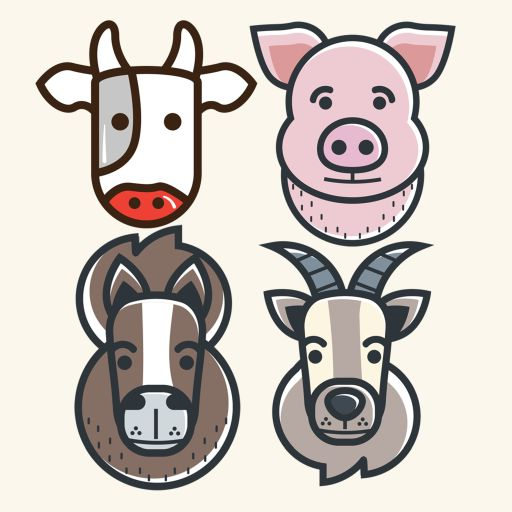Alaskan
Herd Master
What mini said ...You hit the nail on the head, I'm such an over thinker, honestly. Thank you for the response and I will certainly post photos! I like having these forums because everyones support makes me feel like i can jump in with both feet. Thank you all!
And I would go with the doe in milk.

